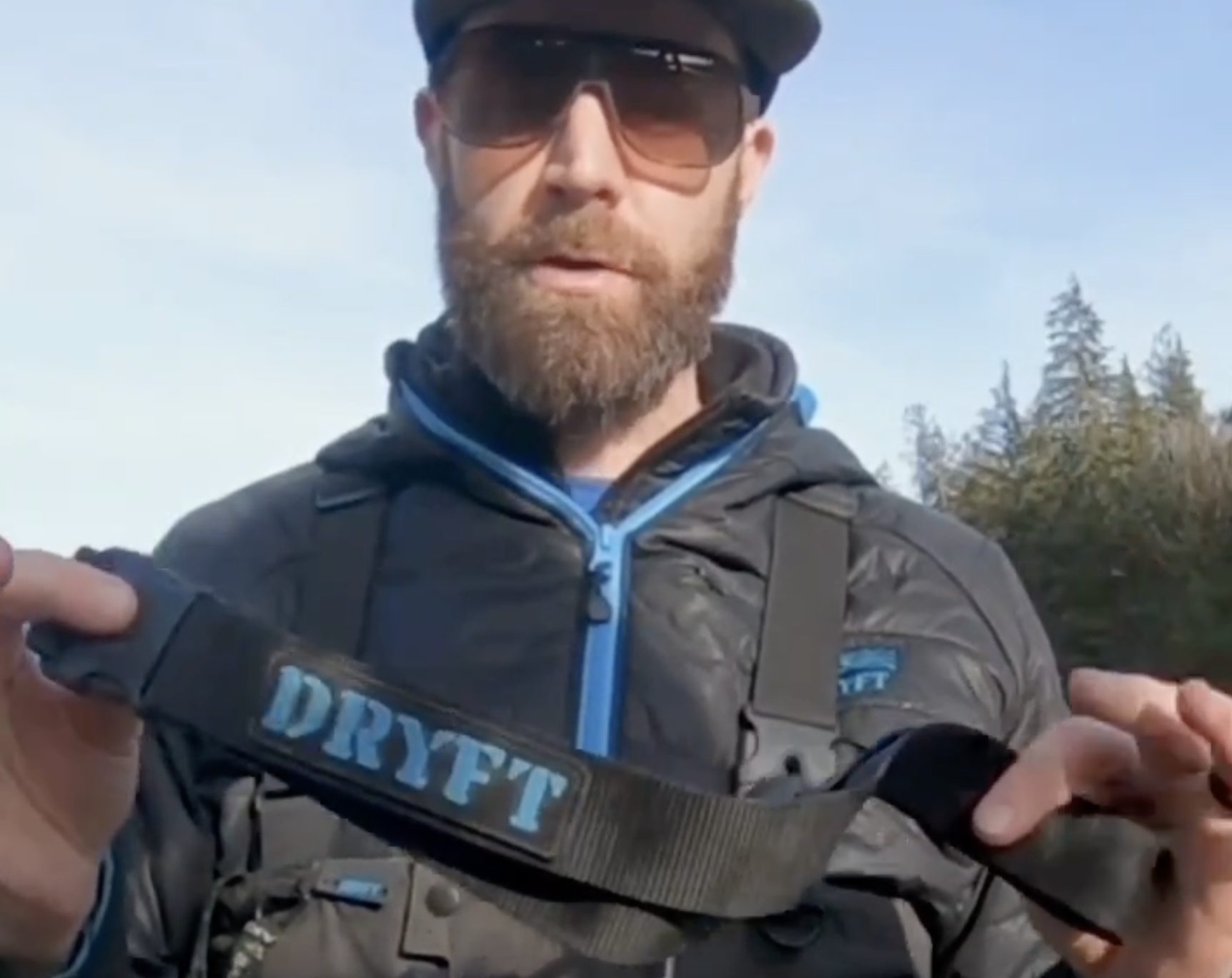When it comes to wading in fishing scenarios, safety should always be a top priority. One often-overlooked yet crucial accessory for waders is the wading belt. This unassuming piece of gear is not merely a fashion statement; it can be a literal lifesaver in case of an unexpected plunge into the water. In this comprehensive guide, we’ll delve into the importance of wading belts and provide an extensive list of safety tips to ensure a secure and enjoyable fishing experience.
Understanding the Significance of Wading Belts
1. Buoyancy Aid:
- One of the primary functions of a wading belt is to act as a buoyancy aid. In the event of a fall into the water, a properly tightened wading belt can help trap air in the lower part of the waders, preventing them from filling up with water.
- Water, especially when soaked into waders, adds significant weight. A wader filled with water can transform an agile angler into a cumbersome burden, making self-extraction from the water a formidable challenge.
2. Enhanced Mobility:
- A tightly secured wading belt contributes to enhanced mobility while wading. It prevents water from freely flowing into the waders, ensuring that you maintain your agility and balance.
3. Reduced Drag:
- Waders filled with water act like a sea anchor, generating substantial drag. This can compromise your ability to move efficiently in the water, increasing the risk of accidents.
4. Swift Self-Rescue:
- In the unfortunate event of a fall, a properly worn wading belt can facilitate a faster and more efficient self-rescue. The reduced water intake into the waders makes it easier for the angler to regain footing and exit the water.

Wading Belt Safety Tips: A Comprehensive Guide
1. Secure Fit:
- Always ensure that your wading belt is securely fastened around your waist. It should be tight enough to prevent water from entering the waders but not so tight that it compromises your comfort or circulation.
2. Positioning Matters:
- Place the wading belt at the correct height – snugly above the hips and below the chest. This positioning ensures optimal buoyancy and minimizes the risk of water intrusion.
3. Quality Matters:
- Invest in a high-quality wading belt made from durable materials. A reliable wading belt is an essential component of your safety gear, and durability is paramount.
4. Regular Inspections:
- Periodically inspect your wading belt for signs of wear, tear, or damage. A compromised belt may not function effectively in an emergency.
5. Practice Self-Rescue:
- Familiarize yourself with the process of self-rescue. Practice getting in and out of the water in a controlled environment to build confidence and competence.
6. Emergency Procedures:
- Be aware of emergency procedures in case of a fall. Know how to release the wading belt quickly if needed and practice these motions to ensure muscle memory in high-stress situations.
7. Educate Fellow Anglers:
- Spread awareness about the importance of wading belts among your fellow anglers. Encourage a culture of safety and preparedness within the fishing community.
8. Weather Considerations:
- Adjust the tightness of your wading belt based on weather conditions. In colder temperatures, a slightly looser belt may be necessary to accommodate additional layers.
9. Training and Certification:
- Consider enrolling in water safety courses that include wading scenarios. Certification in water safety can provide valuable insights and skills for handling various water-related emergencies.
10. Carry Safety Equipment:
- Supplement your wading belt with additional safety equipment such as a whistle, signaling devices, and a waterproof communication device. These tools can be instrumental in calling for help in case of an emergency.
Prioritizing safety in every fishing expedition is the mark of a responsible angler. The humble wading belt, often overlooked, plays a pivotal role in ensuring your well-being on the water. By understanding its significance and adhering to comprehensive safety measures, you not only enhance your personal safety but also contribute to fostering a safety-conscious angling community. Tighten those belts, stay vigilant, and may your fishing adventures be both happy and safe!
Image/Source: DryftFishing





